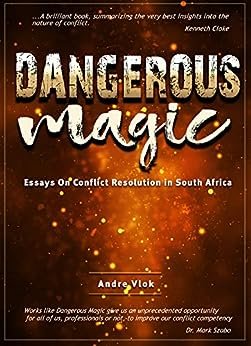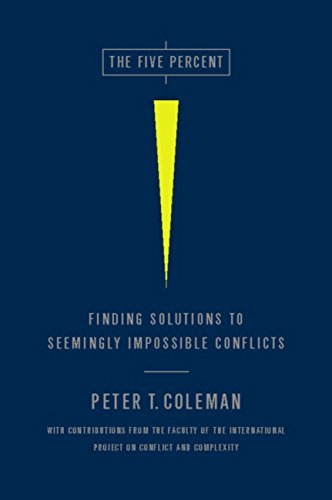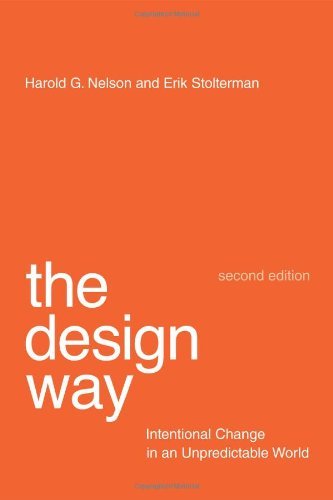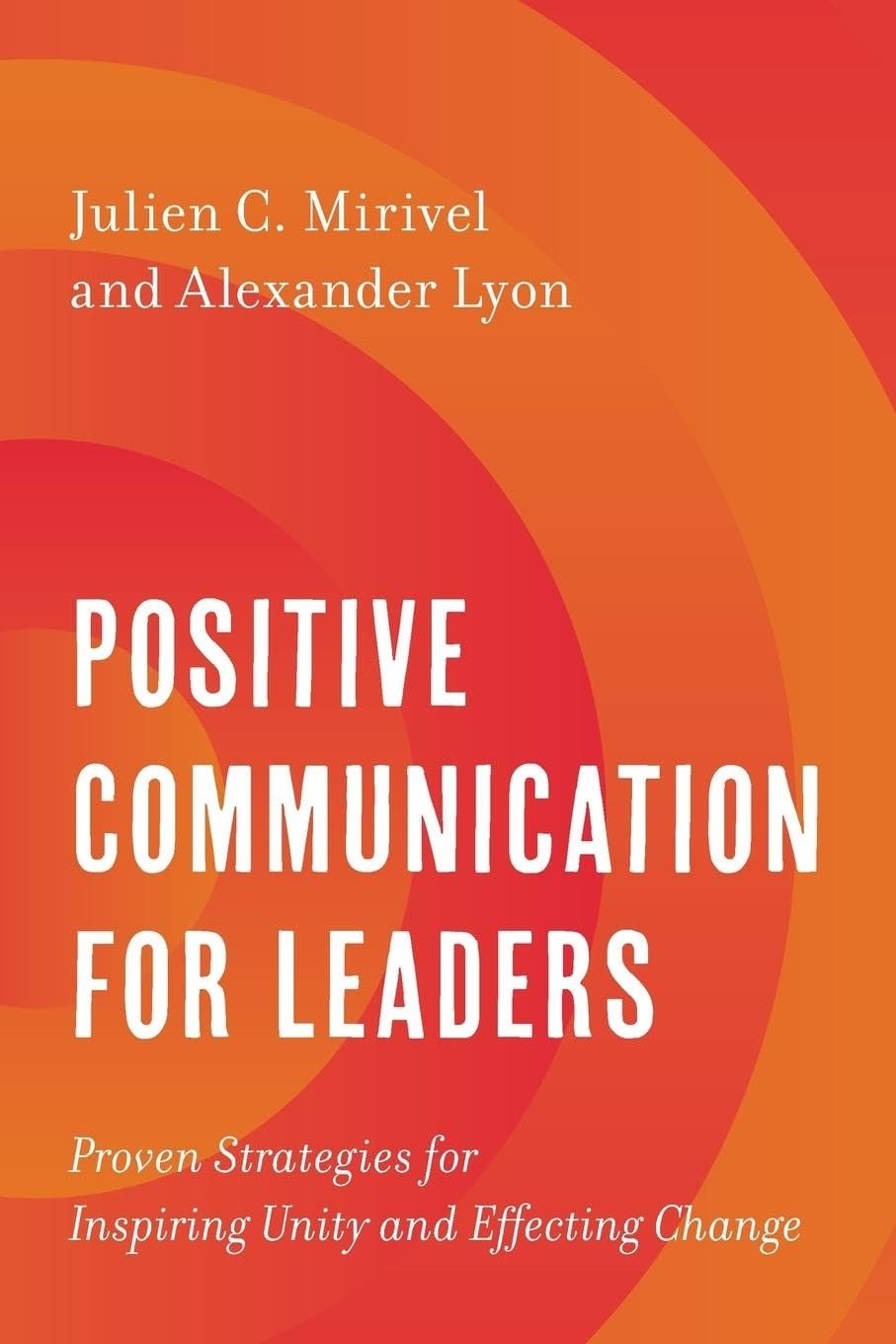Books
The Center for Complex Conflict recommends these books, which have proven very useful to our community.
Note: These books contain affiliate links, which support the CCC. The authors are not all affiliated with the CCC.
Fight Different
By Mark Szabo
We seem to be living in an extraordinary time of systemic conflict, but the fact is we always have been. Humans are a fractious species. This is part of what enables us to create, innovate, and turn what exists now into something even better suited to our needs, but it can also lead to enormous suffering. Fight Different is about leading strategically in the face of large, chaotic, multiparty conflicts outside your organization. Fight Different describes how to make use of the science behind complex natural systems to use nature’s way of handling complex conflict.
Dangerous Magic
By Andre Vlok
Dangerous Magic brings together the latest in modern conflict resolution best practices and applies it to our challenges and conflicts. It tells us in clear terms why we should be conflict competent and conflict confident, and then shows us how to achieve that. It covers various current conflict areas of concern, and balances the scholarly and practical perspectives in effectively dealing with our professional and private conflicts.
The Way Out
By Peter Coleman
The partisan divide in the United States has widened to a chasm. Legislators vote along party lines and rarely cross the aisle. Political polarization is personal, too-and it is making us miserable. Surveys show that Americans have become more fearful and hateful of supporters of the opposing political party and imagine that they hold much more extreme views than they actually do. We have cordoned ourselves off: we prefer to date and marry those with similar opinions and are less willing to spend time with people on the other side. How can we loosen the grip of this toxic polarization and start working on our most pressing problems?
The Five Percent
By Peter Coleman
One in every twenty difficult conflicts ends up grinding to a halt. That's fully 5 percent of not just the diplomatic and political clashes we read about in the newspaper, but disputations and arguments from our everyday lives as well. Once we get pulled into these self-perpetuating conflicts it is nearly impossible to escape. The 5 percent rule us.
So what can we do when we find ourselves ensnared? According to Dr. Peter T. Coleman, the solution is in seeing our conflict anew. Applying lessons from complexity theory to examples from both American domestic politics and international diplomacy -- from abortion debates to the enmity between Israelis and Palestinians -- Coleman provides innovative new strategies for dealing with intractable disputes. A timely, paradigm-shifting look at conflict, The Five Percent is an invaluable guide to preventing even the most fractious negotiations from foundering
Attracted to Conflict
By Peter Coleman, et. al.
This book addresses the subject of intractable social conflict from a new vantage point. Importantly, this text presents new views on conflict resolution. In contrast to traditional approaches that tend to focus on basic, short-lived cause-effect relations, the dynamical perspective emphasizes the temporal patterns and potential for emergence in destructive relations. Attractor deconstruction entails restoring complexity to a conflict scenario by isolating elements or changing the feedback loops among them. The creation of a latent attractor trades on the tendency toward multi-stability in dynamical systems and entails the consolidation of incongruent (positive) elements into a coherent structure. In the bifurcation scenario, factors are identified that can change the number and types of attractors in a conflict scenario. The implementation of these strategies may hold the key to unlocking intractable conflict, creating the potential for constructive social relations.
The Design of Business
By Roger Martin
To innovate and win, companies need design thinking. This form of thinking is rooted in how knowledge advances from one stage to another—from mystery (something we can't explain) to heuristic (a rule of thumb that guides us toward solution) to algorithm (a predictable formula for producing an answer) to code (when the formula becomes so predictable it can be fully automated). As knowledge advances across the stages, productivity grows and costs drop-creating massive value for companies.
Martin shows how leading companies such as Procter & Gamble, Cirque du Soleil, RIM, and others use design thinking to push knowledge through the stages in ways that produce breakthrough innovations and competitive advantage.
Filled with deep insights and fresh perspectives, The Design of Business reveals the true foundation of successful, profitable innovation.
The Design Way
By Harold Nelson, Erik Stolterman
Humans did not discover fire--they designed it. Design is not defined by software programs, blueprints, or font choice. When we create new things--technologies, organizations, processes, systems, environments, ways of thinking--we engage in design. With this expansive view of design as their premise, in The Design Way, Harold Nelson and Erik Stolterman make the case for design as its own culture of inquiry and action. They offer not a recipe for design practice or theorizing but a formulation of design culture's fundamental core of ideas. These ideas--which form "the design way"--are applicable to an infinite variety of design domains, from such traditional fields as architecture and graphic design to such nontraditional design areas as organizational, educational, interaction, and health care design.
Hamlet’s Mirror
By Andre Vlok
Hamlet’s Mirror: Conflict and Artificial Intelligence is a groundbreaking study of how AI is set to affect our professional and personal conflicts, how this will change our world, and what we can do to prepare ourselves for what lies ahead.
The Design of Business
By Ryan Holiday
In his new book, Stillness Is the Key, Holiday draws on timeless Stoic and Buddhist philosophy to show why slowing down is the secret weapon for those charging ahead.
More than ever, people are overwhelmed. They face obstacles and egos and competition. Stillness Is the Key offers a simple but inspiring antidote to the stress of 24/7 news and social media. The stillness that we all seek is the path to meaning, contentment, and excellence in a world that needs more of it than ever.
All great leaders, thinkers, artists, athletes, and visionaries share one indelible quality. It enables them to conquer their tempers. To avoid distraction and discover great insights.
In this book, he outlines a path for achieving this ancient, but urgently necessary way of living. Drawing on a wide range of history's greatest thinkers, from Confucius to Seneca, Marcus Aurelius to Thich Nhat Hanh, John Stuart Mill to Nietzsche, he argues that stillness is not mere inactivity, but the doorway to self-mastery, discipline, and focus.
Positive Communication for Leaders
By Julien C. Mirivel & Alex Lyon
Positive Communication for Leaders provides a practical model of positive communication that can be can immediately inspire unity and influence change in organizations. Drawing on decades of research in the fields of communication and leadership and combined experience consulting and training leaders across many professions, Julien C. Mirivel and Alex Lyon offer concrete practices and strategies to do what feels impossible: to lead effectively, create community, and inspire positive change.
The ability to create and maintain positive relationships is a crucial aspect of leadership in any profession, both in past and present, and has become an imperative for those who lead. This book shows how to make time and space for quality connections and how to build better relationships. It is a must-have resource for new and experienced leaders alike.











